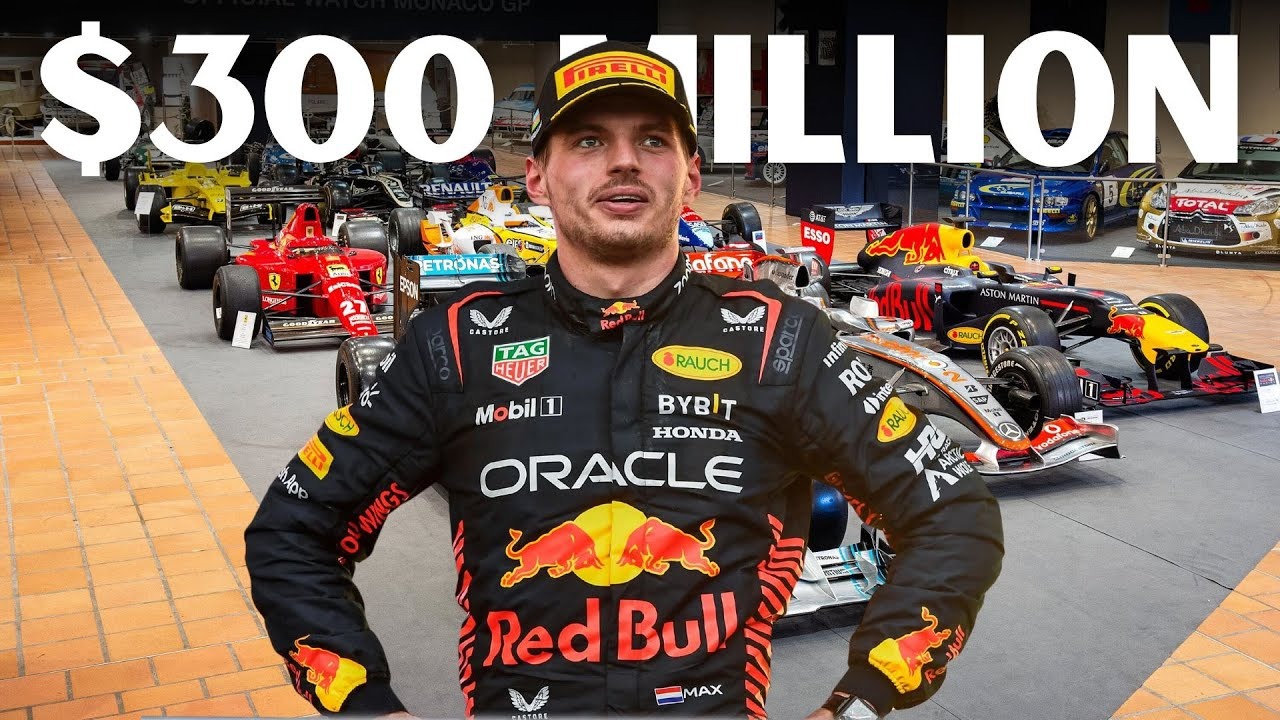THROUGHOUT the 2000s, Maria Sharapova was a dominant force in women’s tennis.
She landed five Grand Slam titles, including triumphing at Wimbledon in 2004 at the tender age of 17.
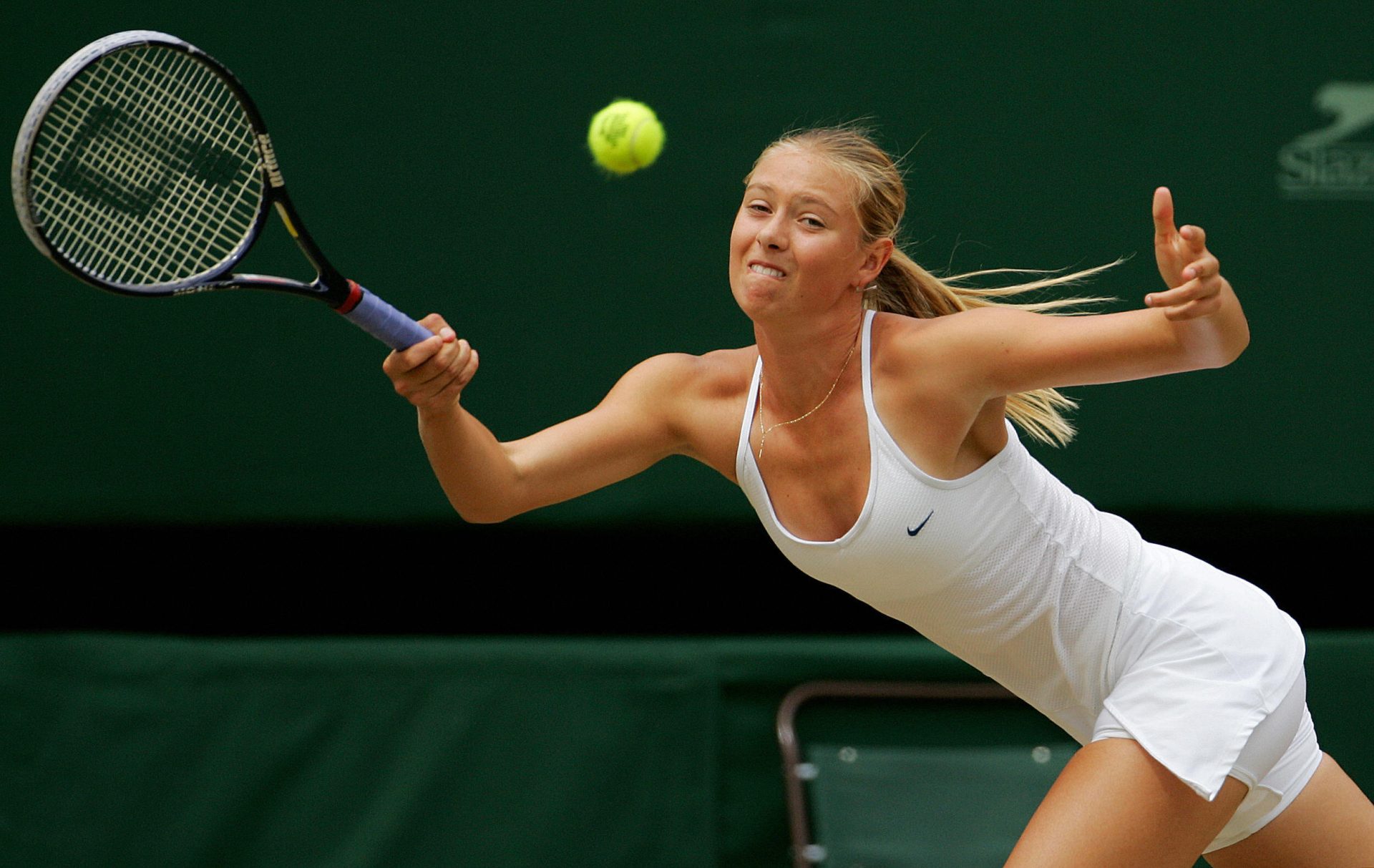
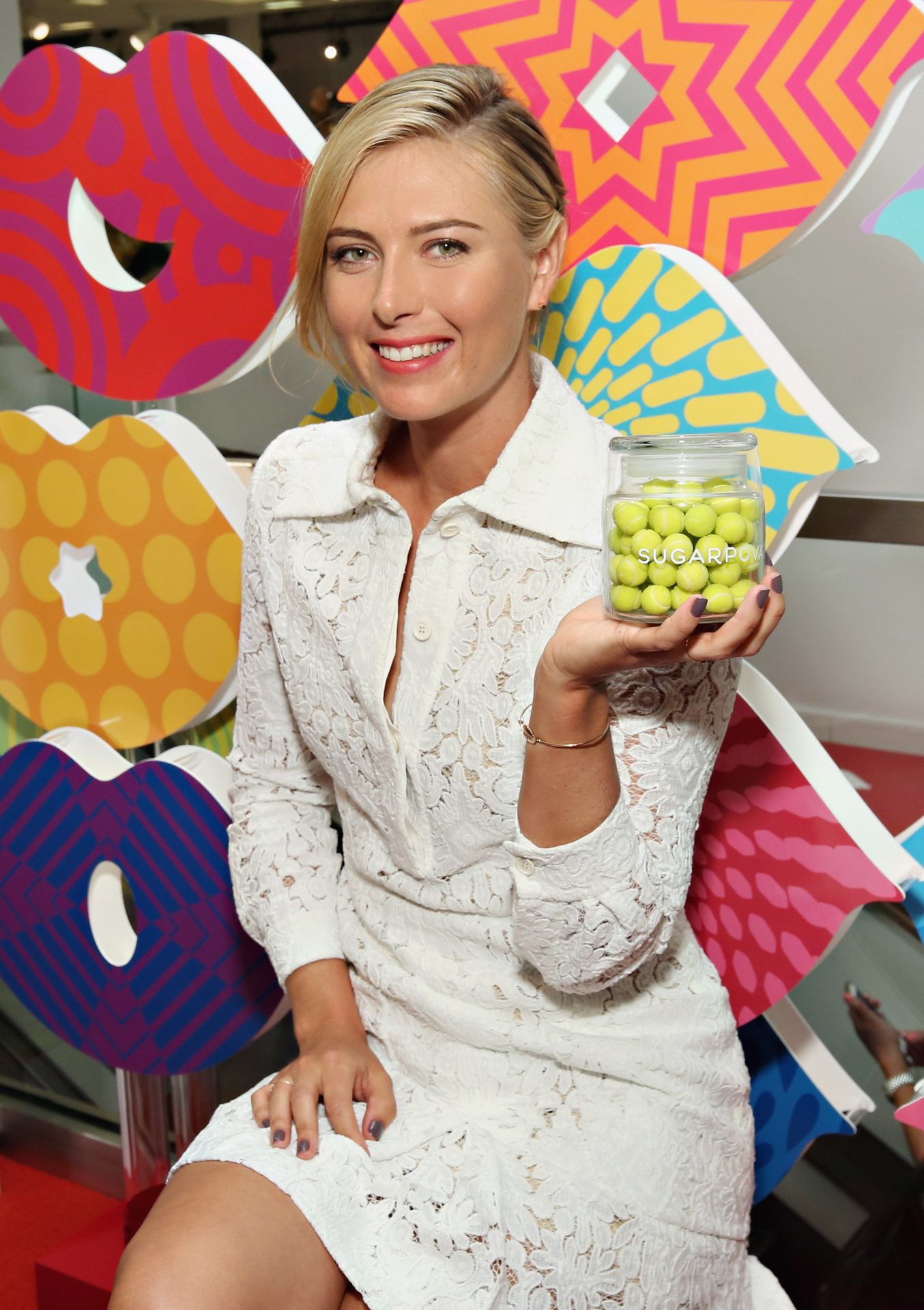
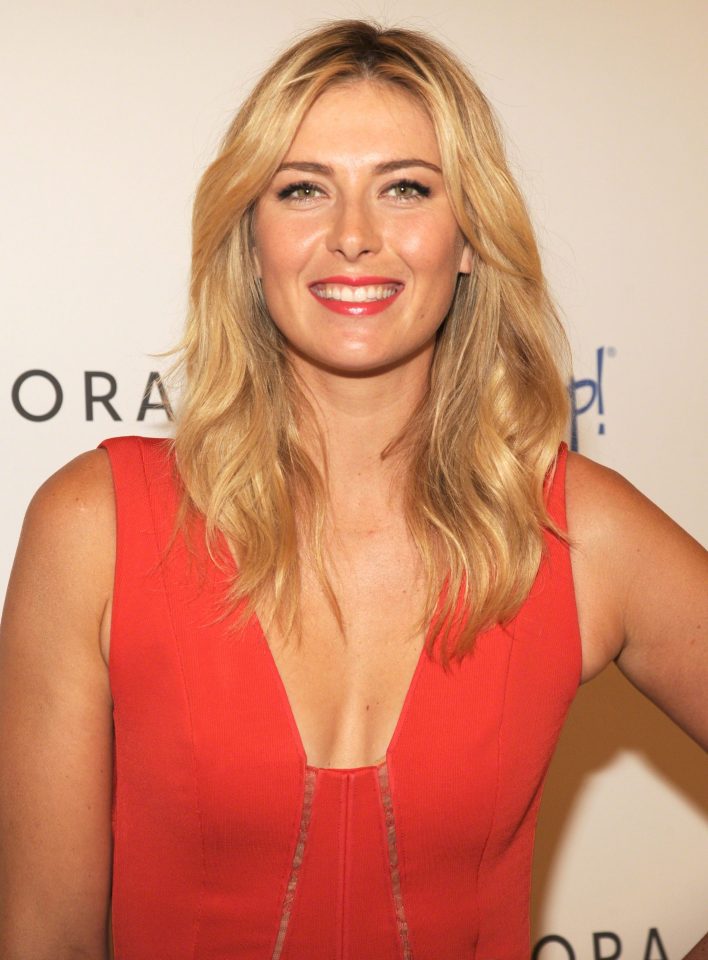

From that moment everything changed. Sponsors like Nike, Evian, Porsche and Tag Heuer offered the Russian, now 36, huge commercial deals. While glam cover photoshoots with fashion magazines made her the definitive face off the court.
At the age of 32 she hung up her racket, after serving a 15-month drug ban. Although that may have tainted her playing career, since retirement she has become an extraordinary mentor for women business owners.
Her sweet company Sugarpova, which she invested around £400,000 11 years ago, is now worth a staggering £150million. Annually, it clears £16million. The journey from world’s sexiest tennis star to global business innovator is complete.
It began in Sochi
Summer beach resort Sochi, found on the Black Sea, has become synonymous with the sporting world. Most recently, it was home to the successful 2014 Winter Olympics. But it was also where a young Sharapova dreamed of tennis success. She was just three when she moved there with her mother, Jelena and father, Yuri.
By the age of four, the ambitious kid was already interested in playing tennis and was gifted a racket by Aleksandr Kafelnikov, whose son Yevgeny would go on to win two Grand Slam singles titles and become Russia’s first world No1. She was given lessons by her first mentor, Yuri Yutkin until fate sent her to the US.
It was at a tennis clinic run by Martina Navratilova in Moscow, where she would shine and be given the opportunity to leave the communist country behind and move to Florida to train with Nick Bollettieri at the IMG Academy, where the likes of Andre Agassi, Monica Seles and Anna Kournikova honed their skills. With just $700 (£563) savings, and without a word of English to fall back on, Yuri and Maria emigrated to the US in 1994 – due to visa restrictions, Yelena joined two years later.
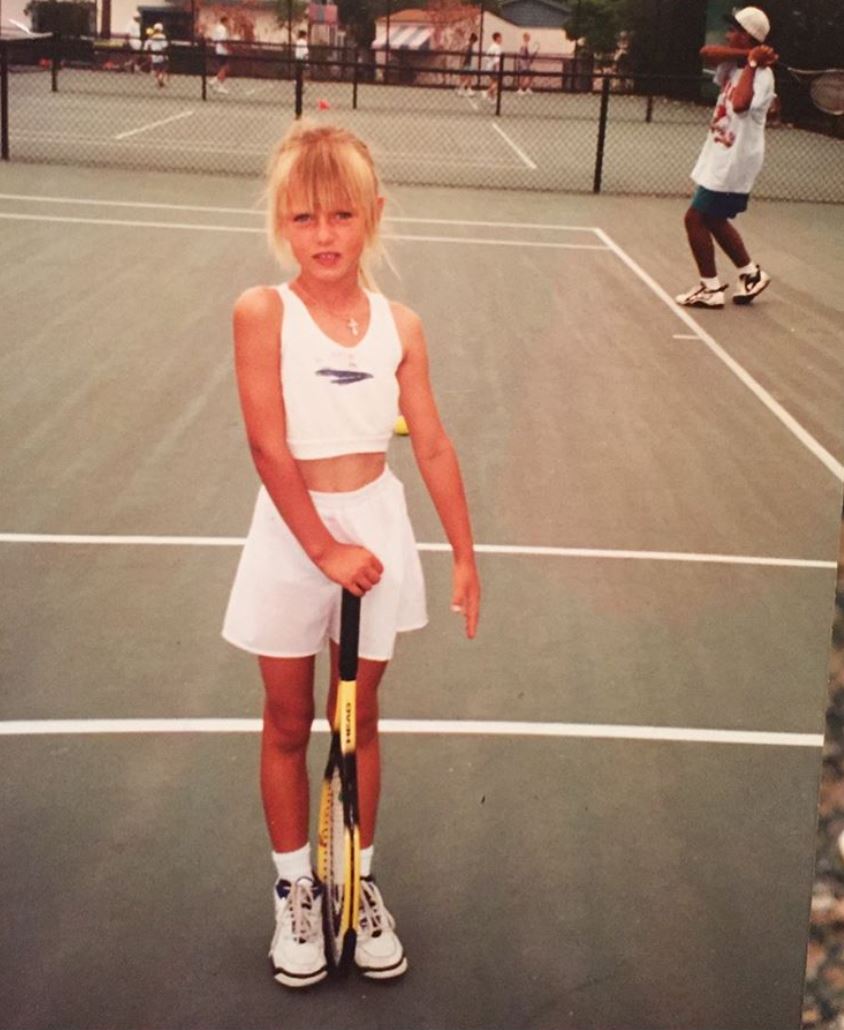
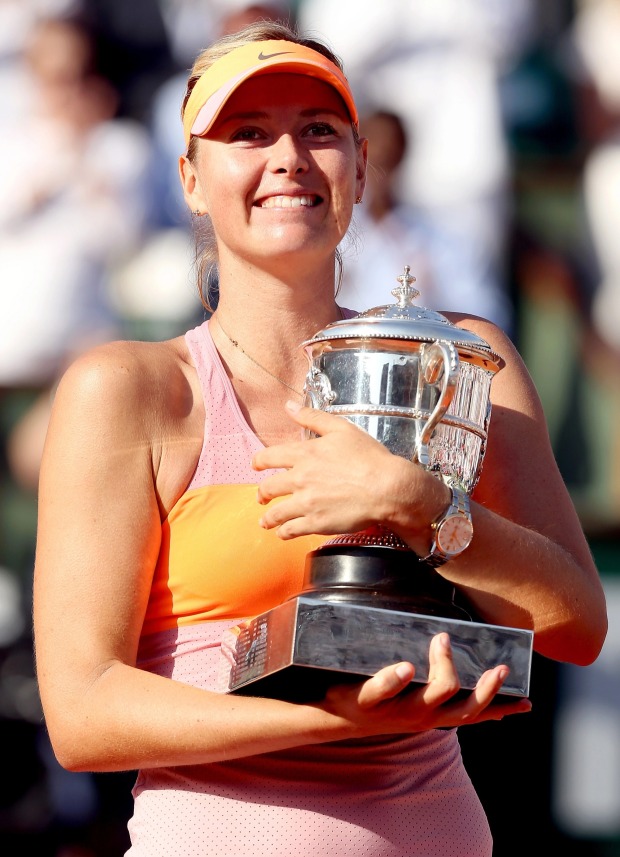
Success breeds fame
Aged just 17, Sharapova earned worldwide fame beating defending champion and top seed Serena Williams in the final at Wimbledon. By 2005, she was world No1 and followed that up with her second Grand Slam title – the US Open a year later.
Maria would add three more Grand Slams to her CV, the Australia Open in 2008 and French Open in 2012 and 2014. On the court, she gained notoriety for having the loudest grunt in tennis. Her ear-splitting shrieking and screaming during points was so loud it was recorded more than 100 decibels.
She would amass $38,777,962 in career earnings, the fourth highest of all-time, and 36 career titles. Away from the sport, her beauty would score her an endorsement deal with cosmetics giants Avon. New York Fashion Week became her second home, as she was seen attending Vera Wang and Ralph Lauren’s events. At the Met Gala in New York she sparkled.
Swiss watch brand Tag Heuer made her a global ambassador for their brand. While she was spotted driving Porsche, another exclusive and luxurious sponsor.
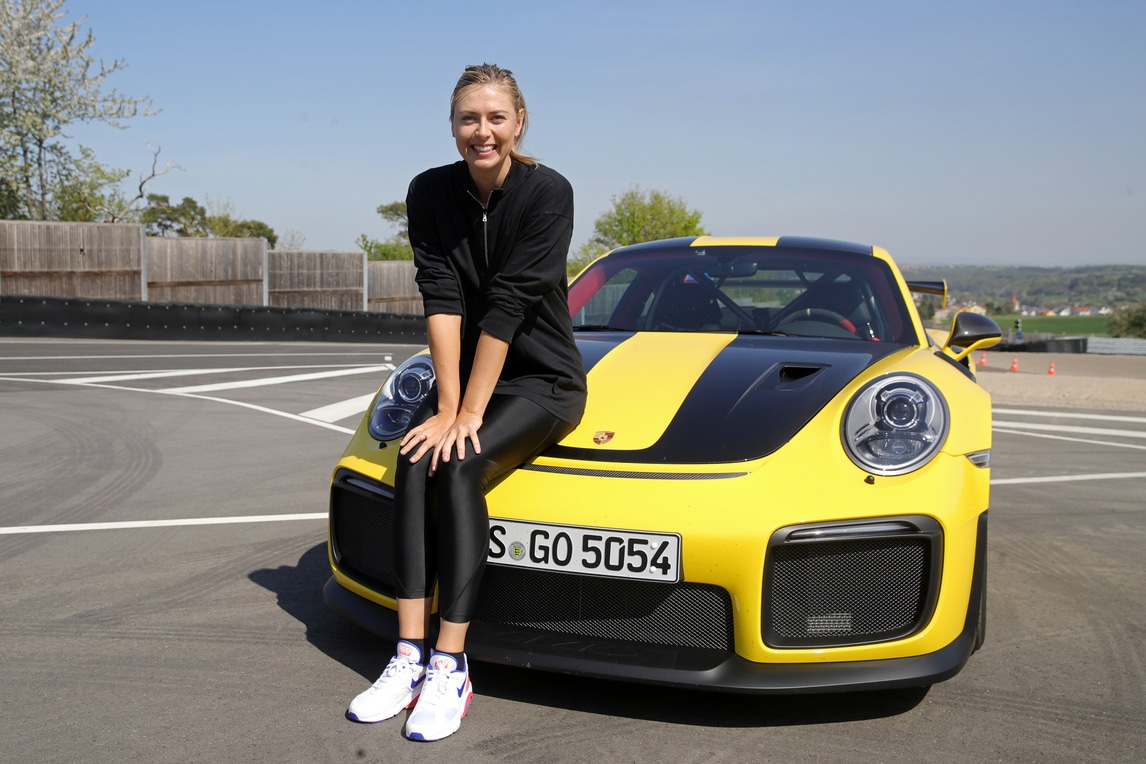
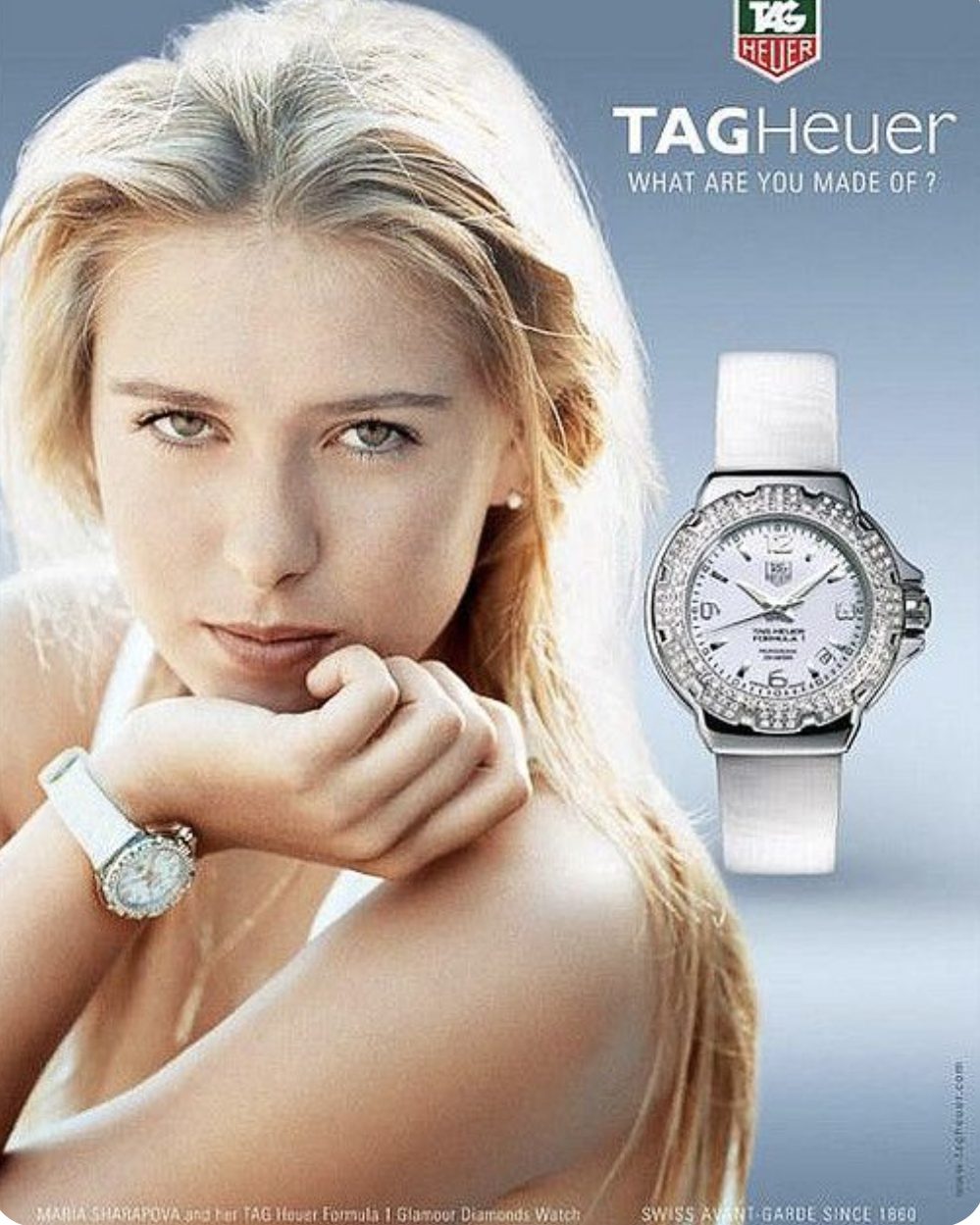
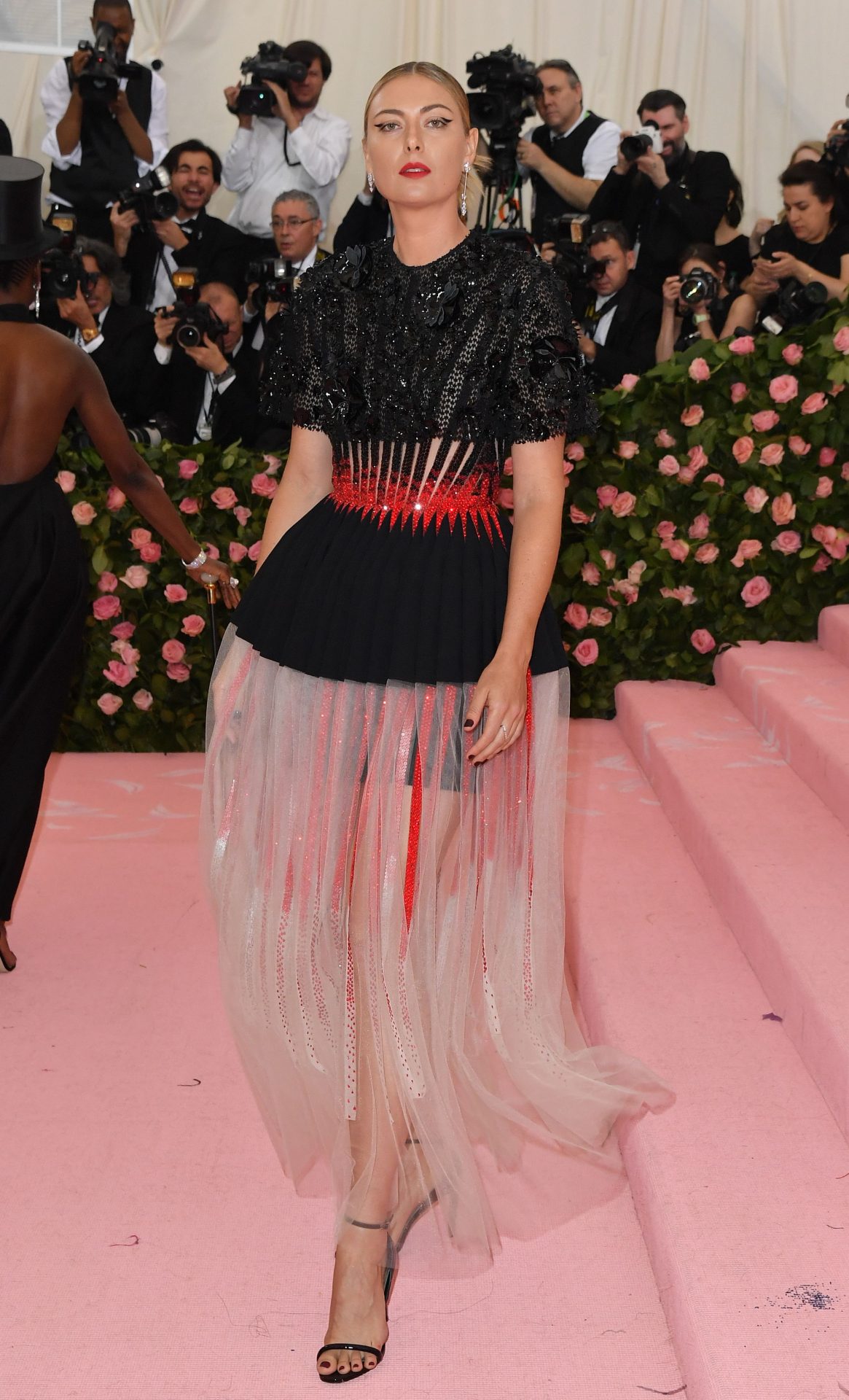
All those would push her personal net worth to well over the £300m mark. However, scandal would see her lose over a year in the game.
Drugs ban
At the 2016 Australian Open, Sharapova tested positive for meldonium, which had been classified as a banned substance a few weeks earlier. Ignorance of the new Wada rules was no excuse and she ended up serving a 15-month drugs ban.
She said in a statement at the time: “I received a letter from the ITF that I failed a drugs test at the Australian Open. I take full responsibility for it. For the past 10 years I have been given a medicine called mildronate by my family doctor and a few days ago after I received the ITF letter I found out that it also has another name of meldonium which I did not know. It is very important for you to understand that for 10 years this medicine was not on Wada’s banned list and I had legally been taking the medicine for the past 10 years. But on January 1st the rules had changed and meldonium became a prohibited substance which I had not known.”
“I was given this medicine by my doctor for several health issues that I was having in 2006,” Sharapova continued. Throughout my long career I have been very open and honest about many things and I take great responsibility and professionalism in my job every single day and I made a huge mistake. I let my fans down. I let the sport down I have been playing since the age of four and I love so deeply.”
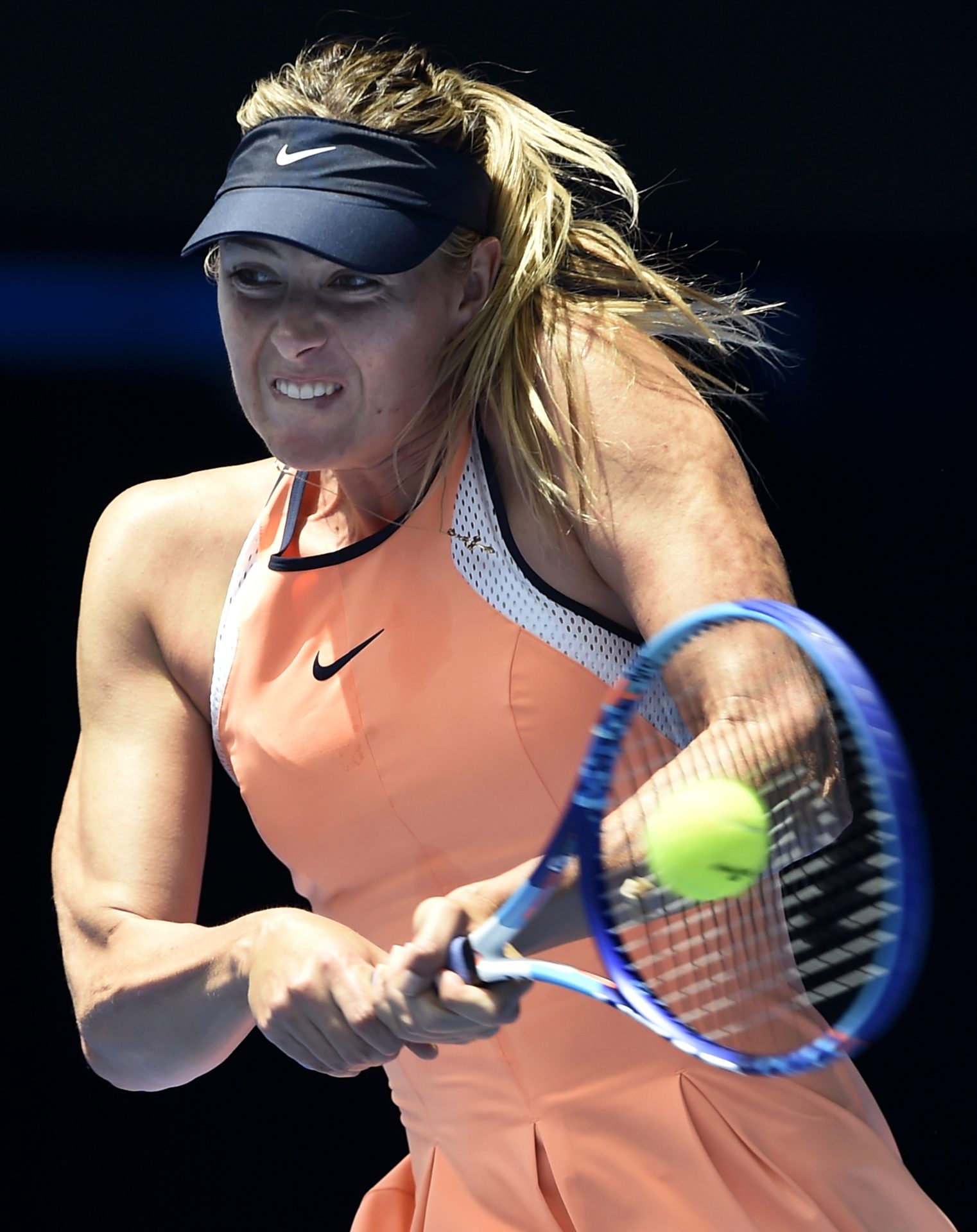
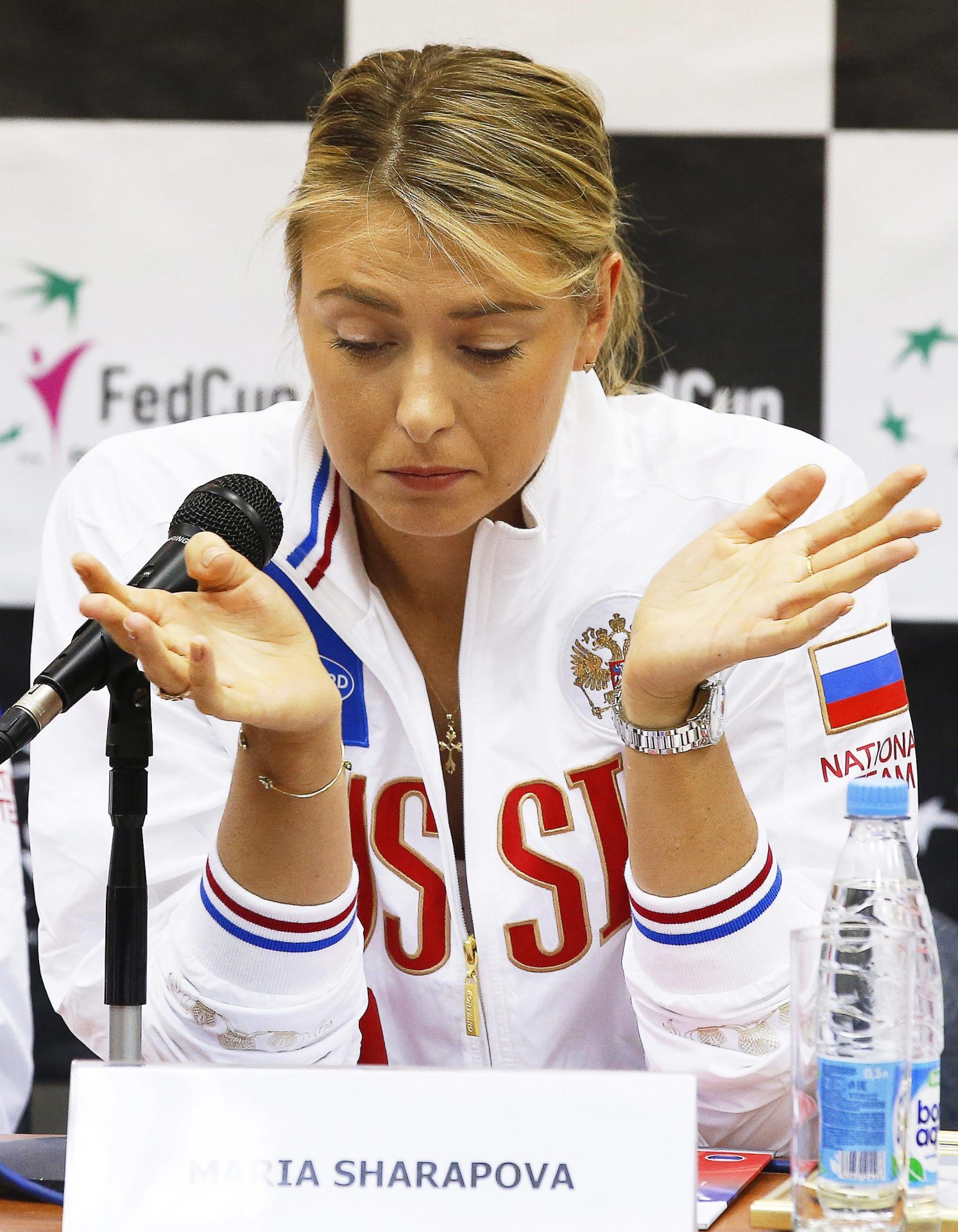
“I know with this I face consequences and I don’t want to end my career this way and I really hope I will be given another chance to play this game. I know many of you thought I was retiring but if I was ever going to announce my retirement it would probably not be in a downtown Los Angeles hotel with this fairly ugly carpet.”
Retirement and redemption
When she returned to the WTA circuit in April 2017, she was never the same player and only reached one Slam quarter-final. A shoulder injury also prevented her from being competitive against the world’s best, pushing her to the margins of the game as new stars emerged.
She retired aged 32 in 2020, but hasn’t fallen out of the limelight. Most recently, Sharapova was spotted at the Monaco Grand Prix handing over a trophy to F1 champ Max Verstappen for achieving pole position.
However, it’s her company Sugarpova that is keeping her occupied. She was only 25 when she invested $500,000 into her own candy store in 2013.
Initially it was met with criticism because of its promotion of sugar snacks, which specifically tried to target a young audience. Sharapova ignored the haters. Today, it is worth around £150million. It rakes in £16million every year – selling sweets and premium chocolate in over 22 countries.

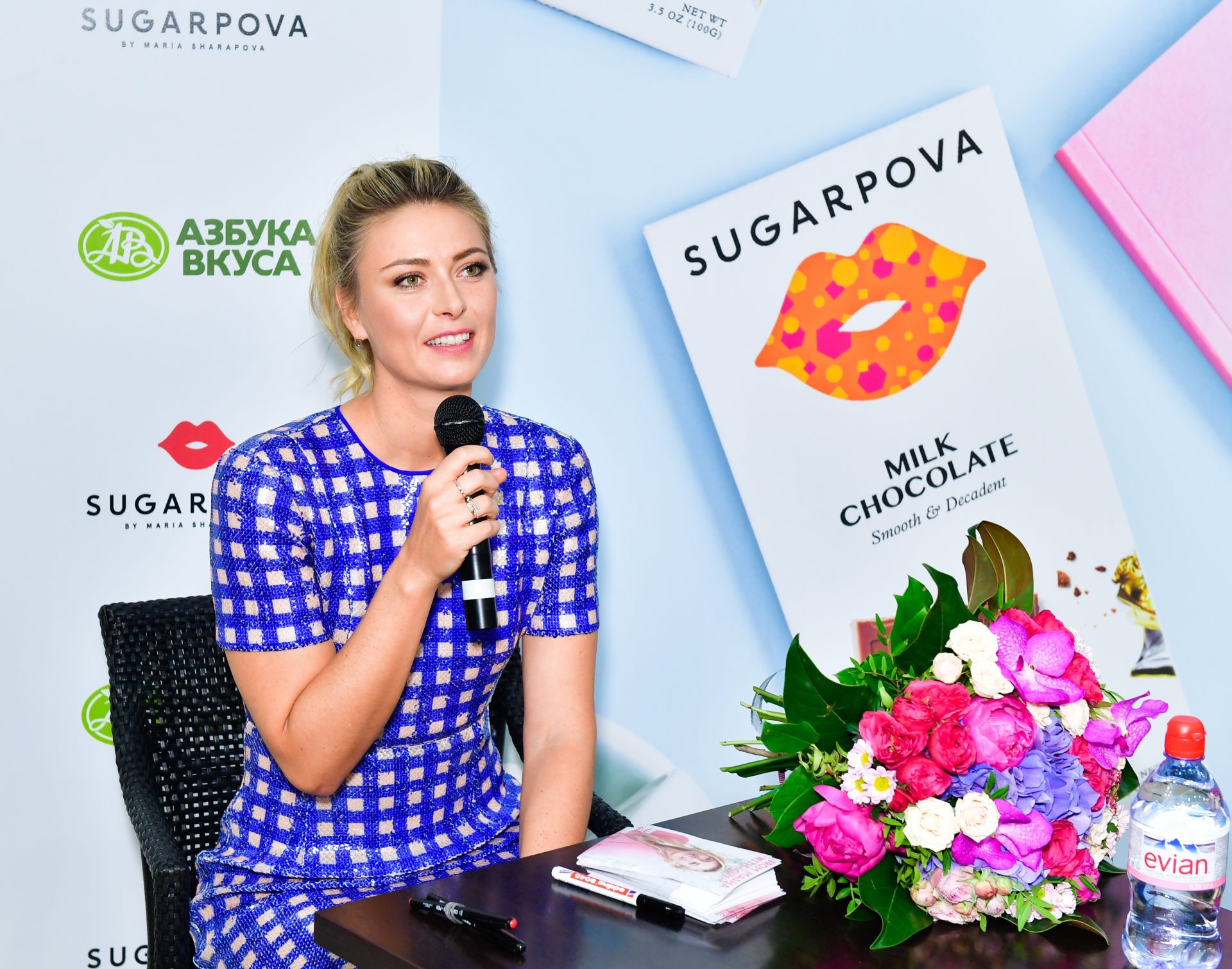
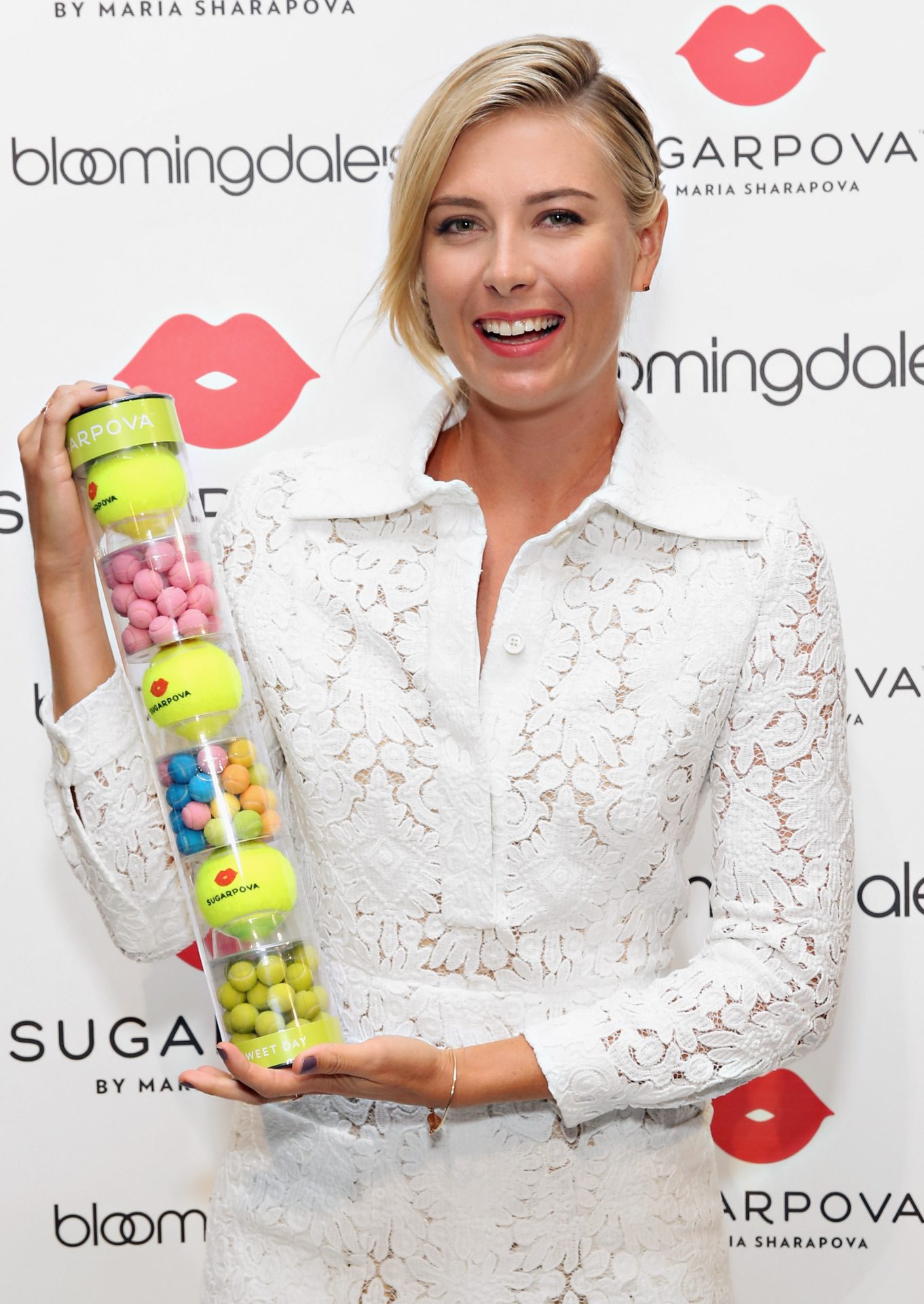
That allowed Sharapova to team up with the National Association of Women Business Owners (NAWBO) and mentor female entrepreneurs in 2018. Forget tennis legend. She is now a leading businesswoman making more money than ever.
Source: thesun.co.uk










